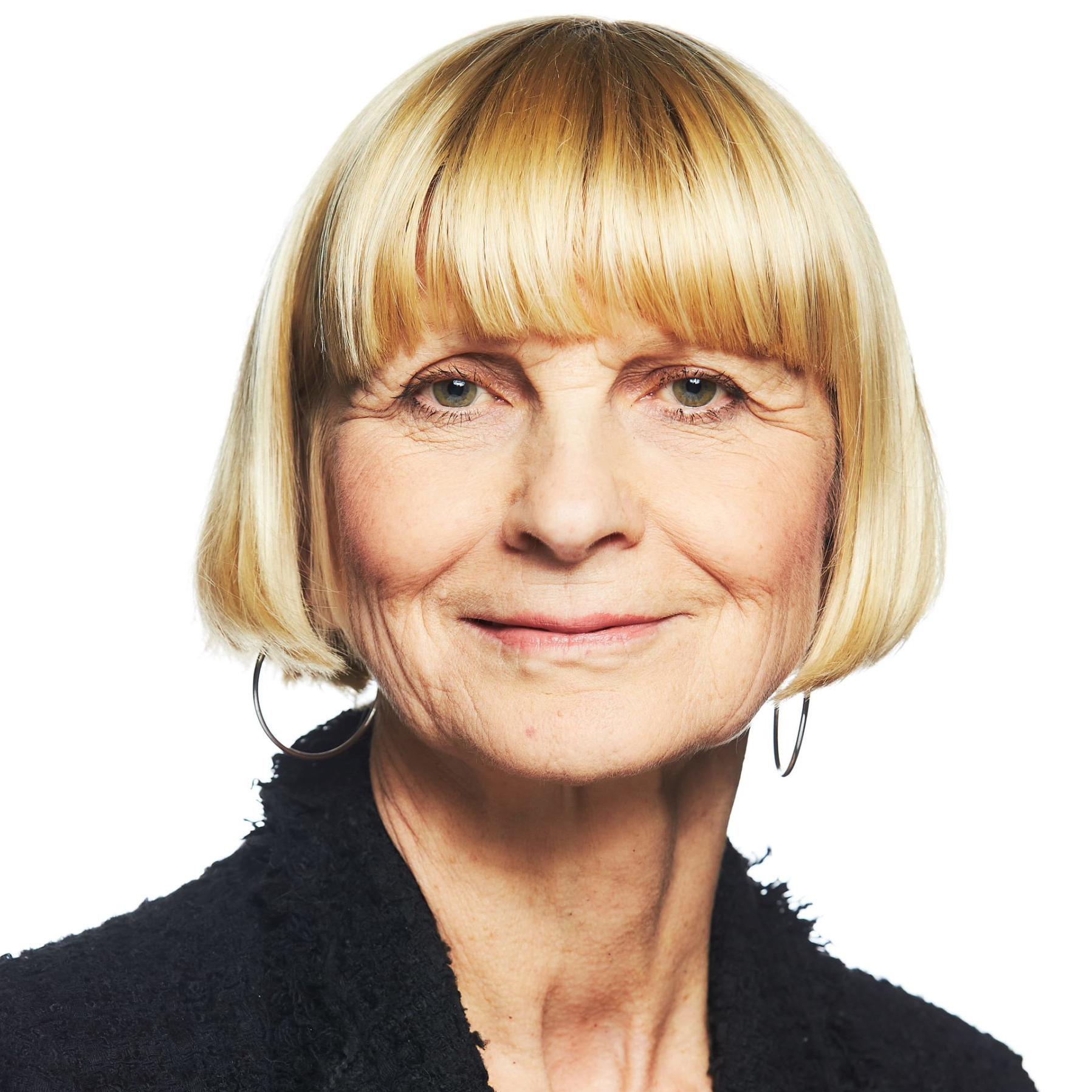In our pursuit of a meaningful life, we often encounter two profound concepts that shape our journey: fulfillment and flourishing. While they might seem like interchangeable terms for happiness, they represent distinct yet deeply interconnected dimensions of human experience that, when properly understood, can transform how we approach our personal and professional lives.
The Foundation: Understanding Fulfillment
Fulfillment represents our internal experience of wholeness and alignment. It emerges when we live authentically, aligning our actions with our core values, engaging in work that matters to us, nurturing meaningful relationships, and finding our place in the broader community. Research from the Harvard Study of Adult Development, one of the longest-running studies on human happiness spanning over 80 years, consistently shows that the quality of our relationships and sense of purpose are stronger predictors of fulfillment than wealth or status (Mineo & Mineo, 2024).
According to a comprehensive Gallup study examining well-being across 160 countries, only 18% of adults globally report being "thriving" in their sense of purpose—having fulfilling pursuits and motivations that drive them forward (Gallup, Inc., 2025). This statistic highlights the widespread disconnect many experience between their daily activities and their deeper sense of meaning.
Flourishing: The External Expression
While fulfillment operates internally, flourishing represents its outward manifestation. Flourishing becomes visible in how we engage with the world—through our relationships, contributions, creative outputs, personal growth and well-being. Dr. Martin Seligman, founder of positive psychology, identifies six elements of flourishing with his PERMA-H model: Positive emotions, Engagement, Relationships, Meaning, Accomplishment and Health These elements are not mutually exclusive, but influence and depend on each other. Having balance among these elements is key for people to flourish. At The Fulfillment Institute, we explore this idea of balance using an interconnected Four Dimensional lens in relation to the Whole Person. People have an innate drive to cultivate their inner resources like agency (Self in SELF being the first dimension at the most intimate level). This in turn helps us tap into the potential transformative and nurturing relatedness of human connections (Self in Relationships), which also tie in with engagements at systemic levels of profession and purpose (Self in Work). Finally, we understand that we are part of a larger cosmic whole, where we witness and interact with a system where everyone and everything rely on each other to not just survive, but thrive in abundance and fulfillment (Self in Nature).
The importance of considering metrics of well-being are reflected in data as well. A 2022 meta-analysis published in the Journal of Happiness Studies, examining data from over 45,000 participants, found that individuals who reported higher levels of flourishing demonstrated 31% higher productivity at work, 37% fewer sick days, and significantly lower healthcare costs compared to those reporting low flourishing scores. This study underlines how flourishing contributes to enhancing both personal growth and human capital from the vantage point of organizational sustainability. To put it simply, the idea is to create measurable and mutual values that include but also go beyond financial returns. Growth can be multi-dimensional and synergetic, rather than unilateral, thus making it that much more fulfilling and rich.
The Upward Spiral Effect
What makes the relationship between fulfillment and flourishing so powerful is their cyclical, reinforcing nature. When we experience deep fulfillment, we naturally possess greater emotional resources, resilience, and clarity to engage meaningfully with the world. This enhanced engagement creates opportunities for growth, contribution, and positive impact—the hallmarks of flourishing.
In turn, as we flourish, we discover new sources of meaning, deepen our connections, and witness our positive impact, which feeds back into our sense of fulfillment. This creates what psychologists call an "upward spiral"—a self-reinforcing cycle where each dimension strengthens the other.
Data from longitudinal studies in positive psychology support this upward spiral model. Research from the University of Pennsylvania tracked individuals who intentionally cultivated both inner fulfillment practices (through mindfulness and values clarification) and outer flourishing activities (through strength-based contributions). These participants showed a 42% greater increase in overall well-being scores compared to those focusing exclusively on either dimension alone.
Practical Applications
Understanding this interconnection offers practical insights for our daily lives:
1. Balance inward reflection with outward action. Regular practices that foster self-awareness and alignment (meditation, journaling, therapy) provide the foundation for meaningful external engagement.
2. Identify activities that serve both dimensions. The most transformative pursuits often simultaneously create internal fulfillment while contributing to others. Teaching, creating art, mentoring, and community service frequently occupy this sweet spot.
3. Notice when imbalance occurs. Many high-achievers focus exclusively on external flourishing metrics while neglecting internal fulfillment, eventually leading to burnout. Conversely, solely pursuing internal states without meaningful contribution can lead to a sense of stagnation.
The most extraordinary lives—whether examined through biographical studies of historical figures or contemporary research on well-being—consistently demonstrate this powerful integration. They combine deep internal alignment with meaningful external expression and contribution, creating not just personal satisfaction, but a lasting positive impact on the world around them. The cyclical relationship reflects the core idea of mutual value creation emphasized in the Economics of Mutuality framework, where individuals who thrive internally are better able to contribute meaningfully to their teams, organizations and communities. In doing so, they generate sustained and shared values that tie in with pathways of deep fulfillment. To be truly fulfilled and to flourish, we don't have to choose any one kind of growth at the expense of the other. Instead, if we understand that people, organizations and communities are connected to each other, we can create lasting systems of support.
By consciously cultivating both fulfillment and flourishing, we don't just enhance our own well-being—we create the conditions for an extraordinary life of meaning, purpose, and contribution.
The Foundation: Understanding Fulfillment
Fulfillment represents our internal experience of wholeness and alignment. It emerges when we live authentically, aligning our actions with our core values, engaging in work that matters to us, nurturing meaningful relationships, and finding our place in the broader community. Research from the Harvard Study of Adult Development, one of the longest-running studies on human happiness spanning over 80 years, consistently shows that the quality of our relationships and sense of purpose are stronger predictors of fulfillment than wealth or status (Mineo & Mineo, 2024).
According to a comprehensive Gallup study examining well-being across 160 countries, only 18% of adults globally report being "thriving" in their sense of purpose—having fulfilling pursuits and motivations that drive them forward (Gallup, Inc., 2025). This statistic highlights the widespread disconnect many experience between their daily activities and their deeper sense of meaning.
Flourishing: The External Expression
While fulfillment operates internally, flourishing represents its outward manifestation. Flourishing becomes visible in how we engage with the world—through our relationships, contributions, creative outputs, personal growth and well-being. Dr. Martin Seligman, founder of positive psychology, identifies six elements of flourishing with his PERMA-H model: Positive emotions, Engagement, Relationships, Meaning, Accomplishment and Health These elements are not mutually exclusive, but influence and depend on each other. Having balance among these elements is key for people to flourish. At The Fulfillment Institute, we explore this idea of balance using an interconnected Four Dimensional lens in relation to the Whole Person. People have an innate drive to cultivate their inner resources like agency (Self in SELF being the first dimension at the most intimate level). This in turn helps us tap into the potential transformative and nurturing relatedness of human connections (Self in Relationships), which also tie in with engagements at systemic levels of profession and purpose (Self in Work). Finally, we understand that we are part of a larger cosmic whole, where we witness and interact with a system where everyone and everything rely on each other to not just survive, but thrive in abundance and fulfillment (Self in Nature).
The importance of considering metrics of well-being are reflected in data as well. A 2022 meta-analysis published in the Journal of Happiness Studies, examining data from over 45,000 participants, found that individuals who reported higher levels of flourishing demonstrated 31% higher productivity at work, 37% fewer sick days, and significantly lower healthcare costs compared to those reporting low flourishing scores. This study underlines how flourishing contributes to enhancing both personal growth and human capital from the vantage point of organizational sustainability. To put it simply, the idea is to create measurable and mutual values that include but also go beyond financial returns. Growth can be multi-dimensional and synergetic, rather than unilateral, thus making it that much more fulfilling and rich.
The Upward Spiral Effect
What makes the relationship between fulfillment and flourishing so powerful is their cyclical, reinforcing nature. When we experience deep fulfillment, we naturally possess greater emotional resources, resilience, and clarity to engage meaningfully with the world. This enhanced engagement creates opportunities for growth, contribution, and positive impact—the hallmarks of flourishing.
In turn, as we flourish, we discover new sources of meaning, deepen our connections, and witness our positive impact, which feeds back into our sense of fulfillment. This creates what psychologists call an "upward spiral"—a self-reinforcing cycle where each dimension strengthens the other.
Data from longitudinal studies in positive psychology support this upward spiral model. Research from the University of Pennsylvania tracked individuals who intentionally cultivated both inner fulfillment practices (through mindfulness and values clarification) and outer flourishing activities (through strength-based contributions). These participants showed a 42% greater increase in overall well-being scores compared to those focusing exclusively on either dimension alone.
Practical Applications
Understanding this interconnection offers practical insights for our daily lives:
1. Balance inward reflection with outward action. Regular practices that foster self-awareness and alignment (meditation, journaling, therapy) provide the foundation for meaningful external engagement.
2. Identify activities that serve both dimensions. The most transformative pursuits often simultaneously create internal fulfillment while contributing to others. Teaching, creating art, mentoring, and community service frequently occupy this sweet spot.
3. Notice when imbalance occurs. Many high-achievers focus exclusively on external flourishing metrics while neglecting internal fulfillment, eventually leading to burnout. Conversely, solely pursuing internal states without meaningful contribution can lead to a sense of stagnation.
The most extraordinary lives—whether examined through biographical studies of historical figures or contemporary research on well-being—consistently demonstrate this powerful integration. They combine deep internal alignment with meaningful external expression and contribution, creating not just personal satisfaction, but a lasting positive impact on the world around them. The cyclical relationship reflects the core idea of mutual value creation emphasized in the Economics of Mutuality framework, where individuals who thrive internally are better able to contribute meaningfully to their teams, organizations and communities. In doing so, they generate sustained and shared values that tie in with pathways of deep fulfillment. To be truly fulfilled and to flourish, we don't have to choose any one kind of growth at the expense of the other. Instead, if we understand that people, organizations and communities are connected to each other, we can create lasting systems of support.
By consciously cultivating both fulfillment and flourishing, we don't just enhance our own well-being—we create the conditions for an extraordinary life of meaning, purpose, and contribution.







